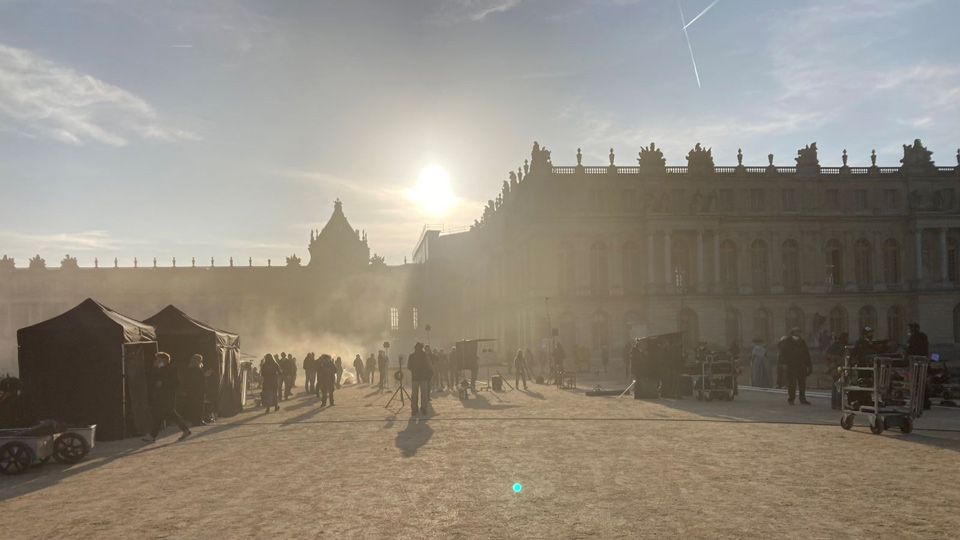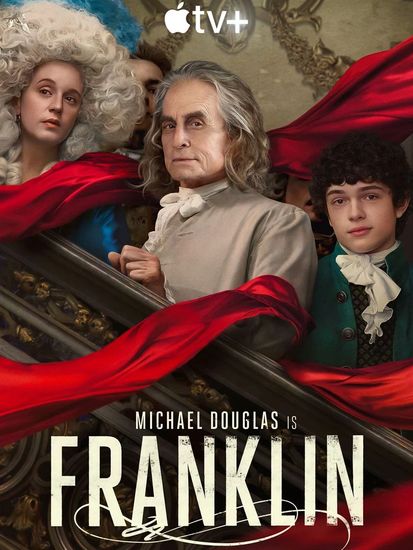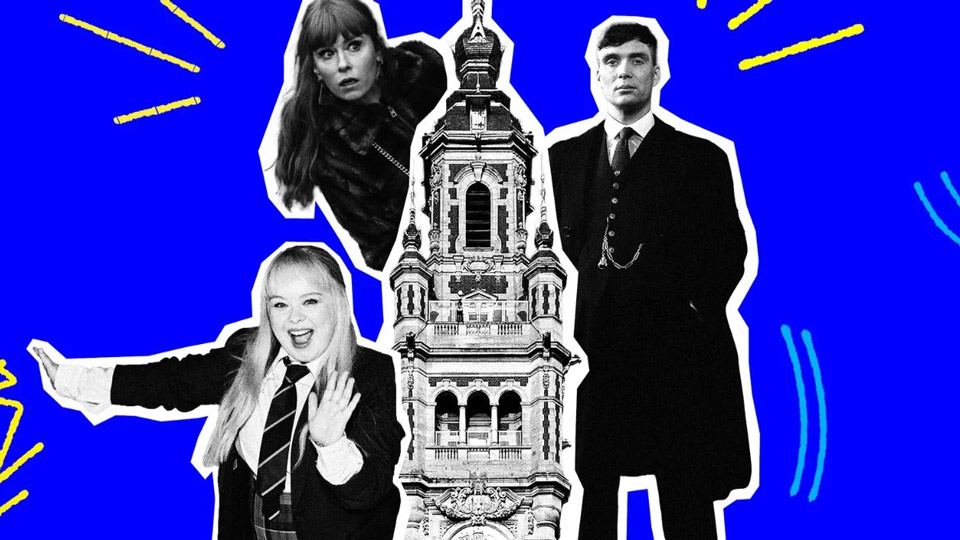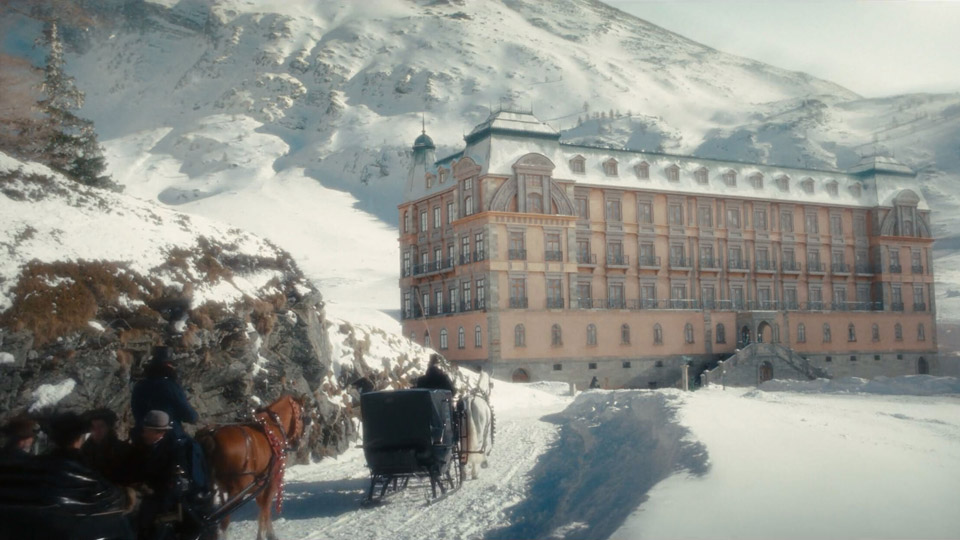Versailles is an outstandingly historic place, with strong cinematographic potential. How many films have been shot there so far?
Jeanne Hollande: The first images showing film shoots at Versailles date back to 1896: Gaumont feature films shot near the fountains. Since then, the site has never stopped hosting shootings. Their number is estimated at 240, including a lot of foreign productions. Personally, I am convinced that there were many more!
Does filming take a lot of space at Versailles?
It varies. We host between one and six fiction projects per year. They can be spread over one day as well as 19 days, but only when the site is not open to the public, therefore mainly on Mondays and nights. It's quite an organization for film crews, who cannot stay within the grounds of the Palace of Versailles for a long time: they must arrive on Sunday evening and leave at the end of the shoot, before the site reopens. We don’t close the Palace for the purposes of filming, because our priority remains to host the public. Hosting productions is a parallel activity. We sometimes manage to combine both when a film is shot in the gardens. Tourists are always amused to witness the ballet of carriages, horses and period costumes when a historical movie takes place at Versailles.
What settings are made available to productions?
Many spaces can be provided. Productions are free to choose their sets. The Marble Court, the Hall of Mirrors, but also the Great Perspective in the gardens attract directors the most. These are symbolic places of the Palace of Versailles and are features of its history. But other settings are also available to them such as the Domaine de Trianon, the Hameau de la Reine, or the Orangery and the groves of the gardens. The most complex aspect is to host filming in the private apartments because they are small and cannot accommodate an entire team with their equipment.
Do you have specific criteria for authorizing filming in the estate?
The availability of the locations is our main selection criterion since filming takes place when the site is closed. We also make our decision according to our own calendar that includes restorations, hosting events for patrons and even welcoming schoolchildren.
Can you tell us about the arrangements for the hosting of productions?
My role is to coordinate the arrival of teams – which can have up to 400 people –, and explain to them the rules for staying at Versailles. For instance, we provide them with areas for dressing, make-up and hairdressing in the Stone Galleries, while explaining to them what measures have to be taken in order to protect the premises, floors, walls and furniture. The challenge is to succeed in meeting their needs while respecting ours in terms of conserving and preserving the place. Therefore, it involves a lot of on-site scouting and agreements with the Palace's services so that everyone is in sync: the estate's safety and fire-safety officers, the fountain keepers, the gardeners… It’s a lot of prep work! All necessary staff members are deployed to make the hosting process the best it can be.
Do you receive any recurrent requests from productions?
Versailles is open to the public, which necessarily implies signage. For the purposes of historical films, we regularly have to conceal this kind of contemporary facilities. But each project comes with specific needs. For example, Franklin's teams wanted to be able to open the large mirror doors located between the Œil-de-boeuf salon and the Hall of Mirrors – usually closed – for the scene of Benjamin Franklin's first audience with King Louis XVI. Their request was accepted by the museum management [the Museum of the Palace of Versailles and the Estate of Trianon, editor’s note].

How did the hosting of “Franklin’’ take shape?
I was first contacted by the Production Services Company [Peninsula Film, editor’s note]. We were immediately in favor of hosting this shoot as we found the subject fascinating. Few fictions have been written about Benjamin Franklin, and especially about the time he lived in Paris during which he strived to ensure that France supported the American Revolution. This shoot was a massive logistical undertaking: it kept Versailles busy from June to November 2022. The team was large – around 400 people – but very organized. We had a real pleasure hosting them. Tim Van Patten, the series’ director, has worked with the same cinematographer for years. They both knew exactly what they wanted. They filmed in very varied spaces within the estate: the core of the castle which really hosted Benjamin Franklin, the Royal Court, but also the Royal Opera, the French Pavilion, the Hundred Steps staircase, and many others…
What challenges did you encounter?
We had to ensure that filming did not impact other activities at Versailles! And it’s not always easy, especially with fiction. Everything around must stop, like maintenance or renovation work which can sometimes be very noisy.

Do you see any difference between hosting a series and a movie?
Feature films often take a lot of time to organize beforehand, unlike series which entail shorter preparation time as they are sometimes written while being produced. This is something I feel on set. But in the field, fifteen people or so supervise the hosting of productions by my side, so I am well supported.
Filming in a castle in France
FRANKLIN - 8 x 60 minutes

Director: Tim Van Patten
Screenplay: Kirk Ellis, Howard Korder
Cinematography: David Franco
Editing: Joe Hobeck, Ace
Music: Jay Wadley
Production Services Company: Peninsula Film
Executive production: Over the Pond Productions
VFX Studio: One of Us
Distributor: Apple TV+
Franklin benefited from the Taxe Rebate for International Productions (TRIP)





